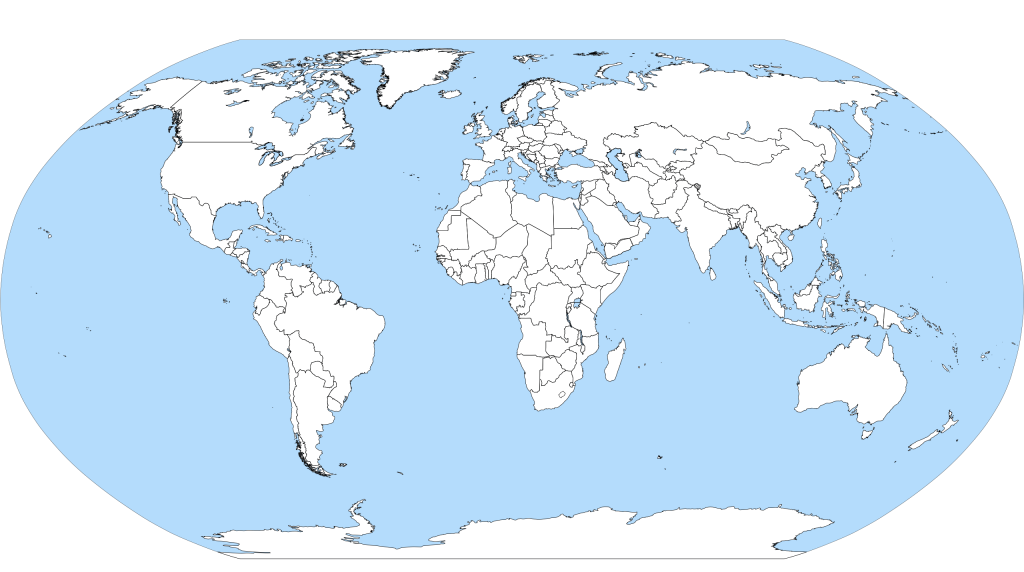
Shiism on the Rise (part 1)

Spread of Shiism
A brief history
Spread of Shiism as a minority presence within Islam is of high significance and nowadays they are present across the Muslim world; from North Africa to the Middle East, Central and South Asia. Shi‘ites constitute national minorities in a variety of Muslim majority countries. While countries such as Lebanon, Saudi Arabia, Kuwait, Yemen, Syria or Pakistan have significant Shi‘a minorities, only Iran, Iraq, Azerbaijan and Bahrain have Shi‘a majority populations. However, with the exception of Iran where Twelver Shi‘ism has shaped the country’s social, cultural, economic and political life since the rise of the Safavid dynasty in the early sixteenth century, Shi‘ites have been ‘functional minorities’ in Iraq, Azerbaijan and Bahrain. Until 2003, spread of Shiism in Iraq was limited due to politically marginalization which was done by a political elite dominated by Sunnis; the secularist policies in Soviet Azerbaijan and firm state control of the religious sector since the country’s independence in 1991 have equally marginalized Shi‘ism; in Bahrain, the Shi‘a majority lives in a monarchy ruled by a Sunni family closely allied with Saudi Arabia.
Three main factors have always played a key role in the globalization and empowerment of Shiites in the World; the leading of clerical authorities, migration and conversion. The first reason will be discussed in this post and the last two ones will be covered in the following ones.
- Clerical authorities
The formation of Shi‘a Islamist movements in the latter half of the twentieth century further added to the transnational nature of Twelver Shi‘ism. Shi‘a Islamist parties in countries like Kuwait, Bahrain or Saudi Arabia were initially offshoots of Iraqi parties such as the Hizb Al-Da‘wa, which is the most important Shi‘a Islamist party in the country, established in 1958. Given the leading role clerical authorities played in the formation of these parties in Iraq, their spread to the other Arab Gulf countries was facilitated by existing clerical networks between Iraq and Shi‘a communities in the Gulf monarchies. In Lebanon, the Iranian-born and Iraqi-trained Musa Al-Sadr (b. 1928, disappeared in 1978) not only reflects the cosmopolitan nature of clerical authority in Twelver Shi‘ism; when he moved to Lebanon in 1959 he also mobilized the dispersed Shi‘a communities with the formation of the Supreme Islamic Shi‘a Council in 1969 (Ajami 1986). Such politicization of marginalized Shi‘a communities or minorities in the Middle East responded to the formation of post-colonial nation states in the region and the secular-nationalist or sectarian ideologies underpinning their formation, which either explicitly or implicitly excluded Shi‘ites from the national body or assigned to them a marginalized position.
However, such mobilization in national contexts always contained a transnational dimension as the role of Musa Al-Sadr in Lebanon most aptly illustrates. As a result, such examples contributed to the spread of Shiism significantly.
Taken from SHI‘A MINORITIES IN THE CONTEMPORARY WORLD, MIGRATION, TRANSNATIONALISM
AND MULTILOCALITY,
By: Oliver Scharbrodt and Yafa Shanneik, 2020, EDINBURGH University Press.